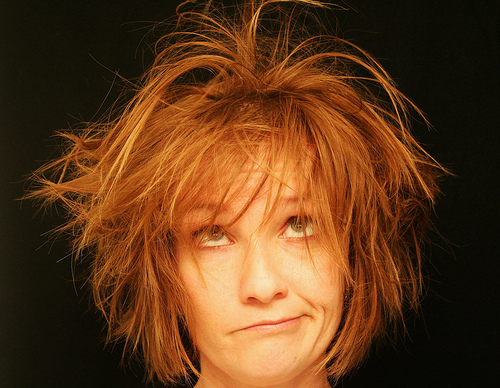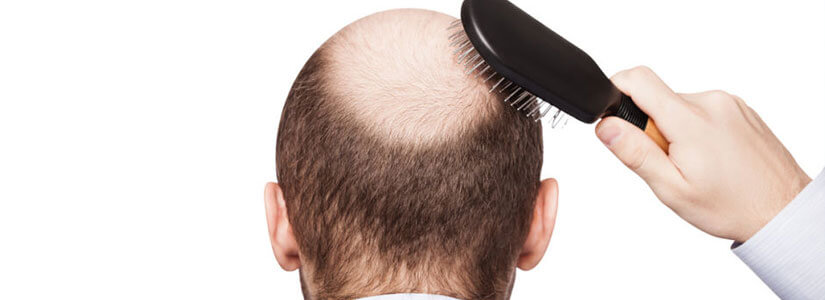Your Top 5 Hair Bummers Solved
March 24, 2015

Have you just noticed a hairless spot on your scalp? Wondering what could be causing these hairless spots on the scalp? Well, there are numerous reasons you can get a bald patch on your head, from traction alopecia to nutritional deficiencies to fungal infection. But hairless spots are the most common symptom of Alopecia Areata.
Alopecia areata is a skin condition that causes hair loss, usually in patches. So, a patchy hair loss is most commonly associated with this type of alopecia. Usually, the bald spots appear suddenly and affect only a limited area of the scalp. This type of hair loss is mostly temporary and the hairs regrow on their own within 8 to 12 months, in case of severe alopecia areata. Mild to moderate hairless spots fill up within a few months. Alopecia areata generally affects the scalp only causing just a few bald patches here and there. But in some patients it can be more severe, causing total baldness or loss of hair from the body as well.
Autoimmune Reaction: An autoimmune reaction is believed to be the underlying cause of alopecia areata. In alopecia areata patients, the immune system of their body mistakenly starts attacking the hair follicles, especially the follicles of scalp hairs.
Genetics: Genetics also play a role in alopecia areata, especially if it occurs in patients before they are 30. Research has found that 40% of the patients under age of 30 have at least one family member diagnosed with alopecia areata at some stage in their lives.
Other Medical Conditions: Other medical conditions have also been associated with alopecia areata. Asthma patients are particularly at higher risk of suffering from this type of hair loss. Other medical conditions that may cause alopecia areata include hypo- or hyperthyroidism, hay fever, vitiligo and Down syndrome.
Stress and Anxiety: Earlier it was believed that stress and anxiety can also trigger this kind of hair loss, but latest studies have denied any link between stress factor and alopecia areata.
It is one of the most common types of alopecia characterized by small round or oval hairless patches on the scalp. The skin at the bald patch apparently looks normal, with no signs of fungal infection. In most cases, there are no accompanied symptoms. Over 60% of the alopecia areata firs experience hair less spots on the scalp before age 20, and it is usually followed by hair regrowth. However, it can reoccur at any stage. Sometime, new bald spots develop at the same time while the older ones are healing.
Occasionally, hair loss is accompanied by mild itching, tenderness and tingling sensations, but this is rare. Some alopecia areata patients also exhibit symptoms in fingernails but that is again rare. Fingernail abnormalities include pitted or dented nails, grooves and slight, abnormal redness.
In case of severe alopecia areata, the patient can have a completely hairless scalp and in rare, more severe case, it can involve even the entire body (alopecia universalis).
Most of the time alopecia areata goes away at its own without needing any special treatment. But if it persists, there are some medications to control the autoimmune reaction, stop hair loss and encourage hair growth. Medicines commonly prescribed for alopecia areata include cortisone cream, topical Minoxidil, anthralin and a short course of corticosteroids to control the autoimmune reactions.
If you still have any queries or for a customized advice, fill the free online consultation form below and let our experts guide you.
Dr. Cagatay Sezgin is a celebrity hair transplant surgeon with over 20 years of experience in hair transplantation and restoration. He is the First Turkish Board Surgeon to become a member of the International Society of Hair Restoration Surgery (ISHRS) and the Asian Association of Hair Transplant Surgeons (AAHRS). Moreover, he has the honor of becoming the first hair transplant surgeon in the world to perform hair, eyebrow, and beard transplantation all in one case and that too in a single session.

March 24, 2015

November 2, 2017

October 10, 2016